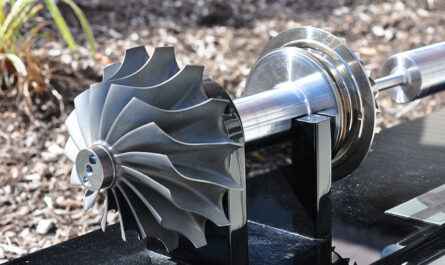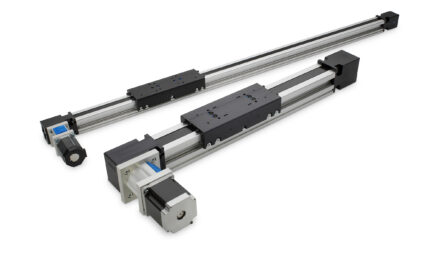In-Vehicle Entertainment: How Cars Became Rolling Entertainment Centers
From simple AM/FM radios to today’s sophisticated smartphone-integrated touchscreen systems, in-vehicle entertainment has come a long way. Early car radios provided a basic form of entertainment but little else. As technology advanced, radios gained cassette players, then CD players. Vehicles also started offering auxiliary inputs, allowing drivers and passengers to play their own music.
Manufacturers soon realized people wanted to do more than just listen to music in their cars. They craved in-car connectivity and access to the internet, apps, navigation, and other services. This led automakers to develop advanced Automotive Infotainment platforms that transformed vehicles into rolling entertainment and connectivity hubs. Now cars feature large touchscreens, smartphone mirroring, voice controls and more.
The Rise of Touchscreens and Bluetooth Connectivity
One of the biggest infotainment advances was the introduction of larger in-dash touchscreens roughly a decade ago. Pioneer and other aftermarket companies helped popularize the car touchscreen, allowing simpler, more intuitive control of audio, phone, navigation and other functions versus fiddling with buttons and small screens.
Touchscreens quickly became the interface of choice and helped establish basic smartphone integration. Bluetooth quickly became standard to stream audio and make hands-free calls from paired devices. Over-the-air software updates also emerged, letting manufacturers continuously enhance features and fix bugs remotely.
As touchscreens grew in size, so did their capabilities. Advanced displays now measure 6-12 inches or more across, filling much of the dashboard like tablet computers on wheels. High-resolution LCD and OLED screens deliver crisp, vivid graphics. Touch sensitivity and processor speeds improved interface responsiveness.
The Advent of Built-In Navigation & Smartphone Mirroring
Touchscreens enabled easier integration of full-featured navigation systems. No longer did drivers need to plug in dedicated navigation units – map software could now be built right into the infotainment platform. 3D terrain models and richer points-of-interest data enhanced route guidance. Over-the-air map updates kept systems current without user intervention.
Smartphone mirroring took integration a step further. Apple CarPlay and Android Auto allow compatible iPhones and Android devices to project their familiar interfaces onto the in-vehicle display. Common apps like Maps, Music and Messages could then be controlled directly through the touchscreen. The phone effectively becomes an extension of the car’s system.
Voice Control Comes to the Fore
With drivers’ eyes needed for the road, voice control has gained importance for hands-free infotainment access. Early systems featured basic voice recognition for music, phone and navigation commands. Modern automotive assistants like Ford’s Sync, GM’s Enhanced Voice Recognition and BMW’s Intelligent Personal Assistant use advanced speech recognition and natural language processing.
They understand complex requests, answer questions and allow controlling almost any function without ever taking a hand off the wheel or glancing away. Cloud-based voice processing also enables continuous improvement after purchase via over-the-air updates. The end goal is a dialogue-based experience similar to today’s virtual assistants.
Expanding App Ecosystems and Remote Services
To keep drivers and passengers entertained on longer trips, manufacturers created their own app stores tailored for in-vehicle use. Downloading supported apps lets people stream audio/video, check sports/news or play games directly from the touchscreen. Over-the-air updates distribute new apps right to the car.
The same connectivity fueling advanced infotainment platforms also enables new remote services. Features like remote start, door unlock, stolen vehicle tracking and diagnostic monitoring stream data to and from the cloud. Drivers can control many functions and get vehicle status updates from their phones. Manufacturers leverage the car’s connectivity to offer new Concierge services too.
The Future of Automotive Infotainment
It’s clear the role of in-car entertainment will continue growing more immersive and integrated. Voice control may eventually replace touchscreens entirely for safe, eyes-free interaction. Mixed reality HUDs and interior displays have potential to enhance the driving experience through novel information overlays. Vehicle-to-vehicle and infrastructure connectivity could share live traffic, hazards and other real-time data.
Infotainment will further blur the line between car and smartphone. Mirroring will likely evolve into full-fledged vehicle app platforms supporting functionality developed specifically for driving scenarios. Remote services and autonomous vehicle technologies may eventually turn cars into road-ready mobile command centers. Whatever direction it heads, automotive infotainment will remain on an upward trajectory toward deeper connectivity.




